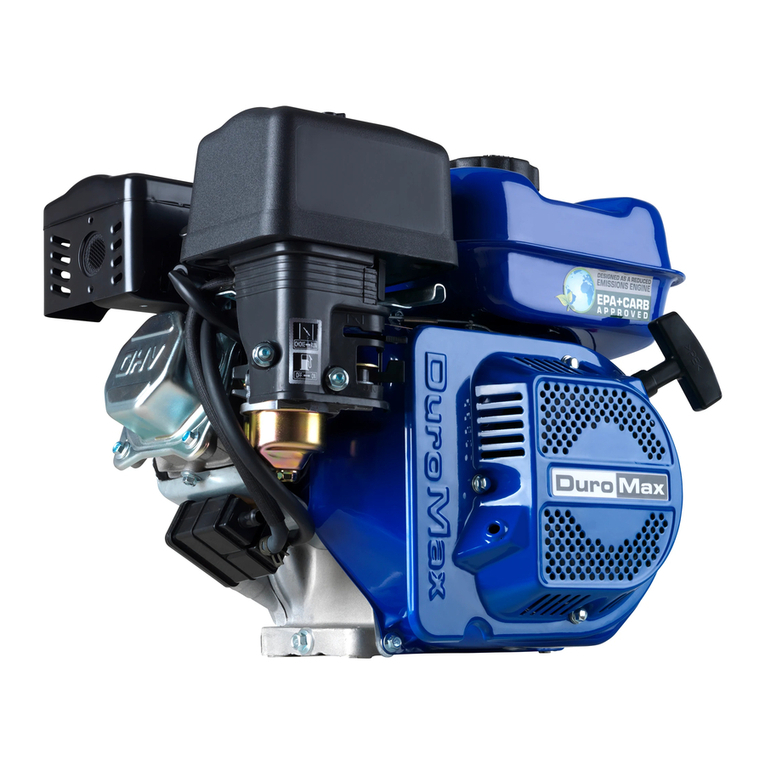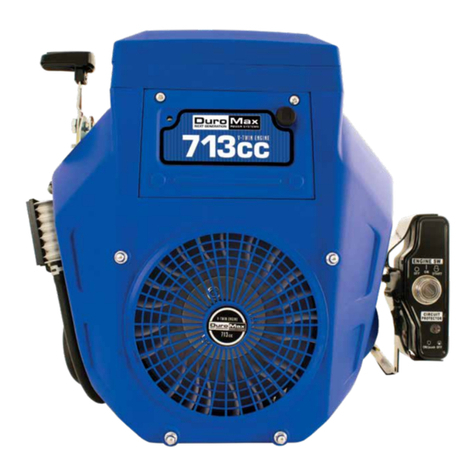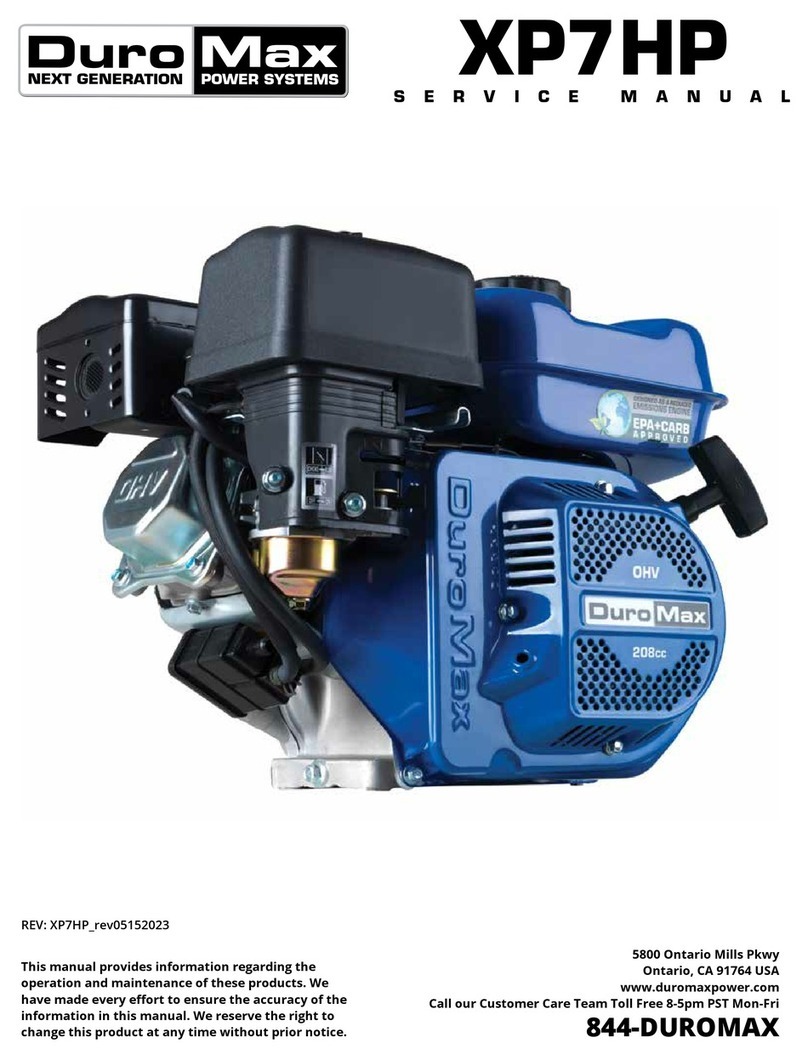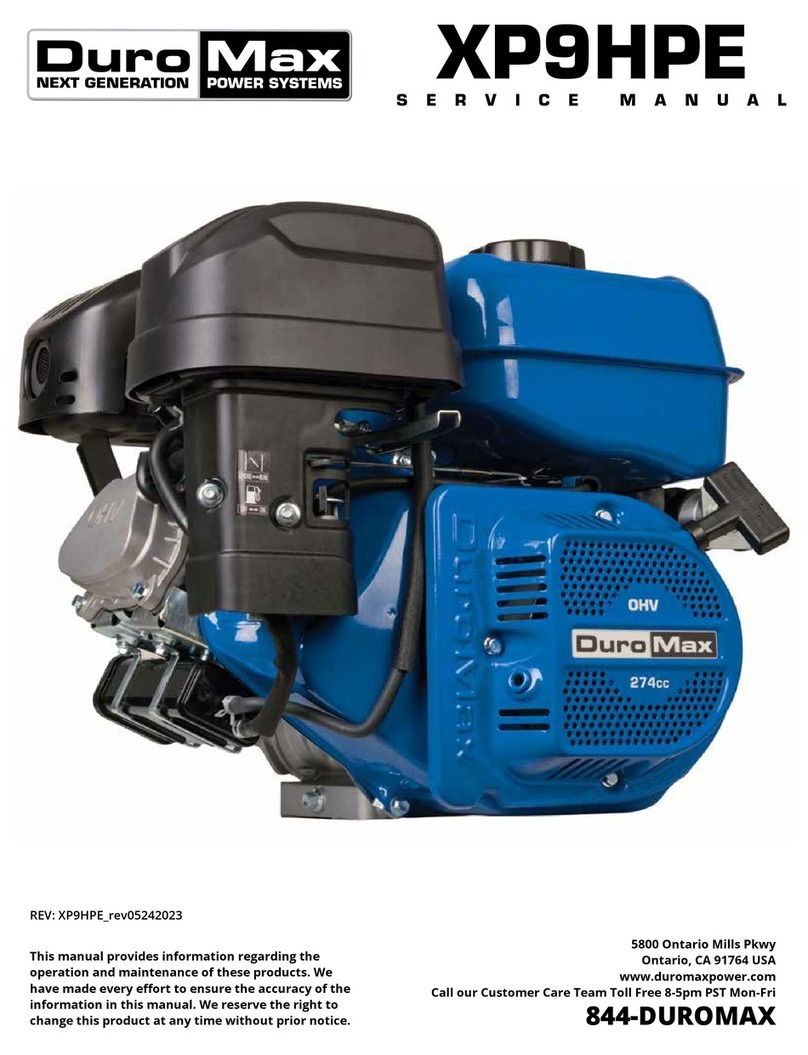DANGER: This engine produces poisonous carbon monoxide gas when running. This gas is both odorless
and colorless. Even if you do not see or smell gas, carbon monoxide may still be present. Breathing this poison can
lead to headaches, dizziness, drowsiness, and eventually death.
Use outdoors ONLY in non-confined areas.
Keep several feet of clearance on all sides to allow proper ventilation of the engine.
WARNING: The exhaust from this product contains chemicals known to the State of California to cause
cancer, birth defects, or other reproductive harm.
WARNING: This generator may emit highly flammable and explosive gasoline vapors, which can cause
severe burns or even death. A nearby open flame can lead to explosion even if not directly in contact with gas.
Do not operate near open flame.
Do not smoke near generator.
Always operate on a firm, level surface.
Always turn generator off before refueling. Allow generator to cool for at least 2 minutes before removing
fuel cap. Loosen cap slowly to relieve pressure in tank.
Do not overfill gas tank. Gas may expand during operation. Do not fill to the top of the tank.
Always check for spilled gas before operating.
Empty the gasoline tank before storing or transporting the generator.
Before transporting, turn fuel valve to off and disconnect the spark plug.




































